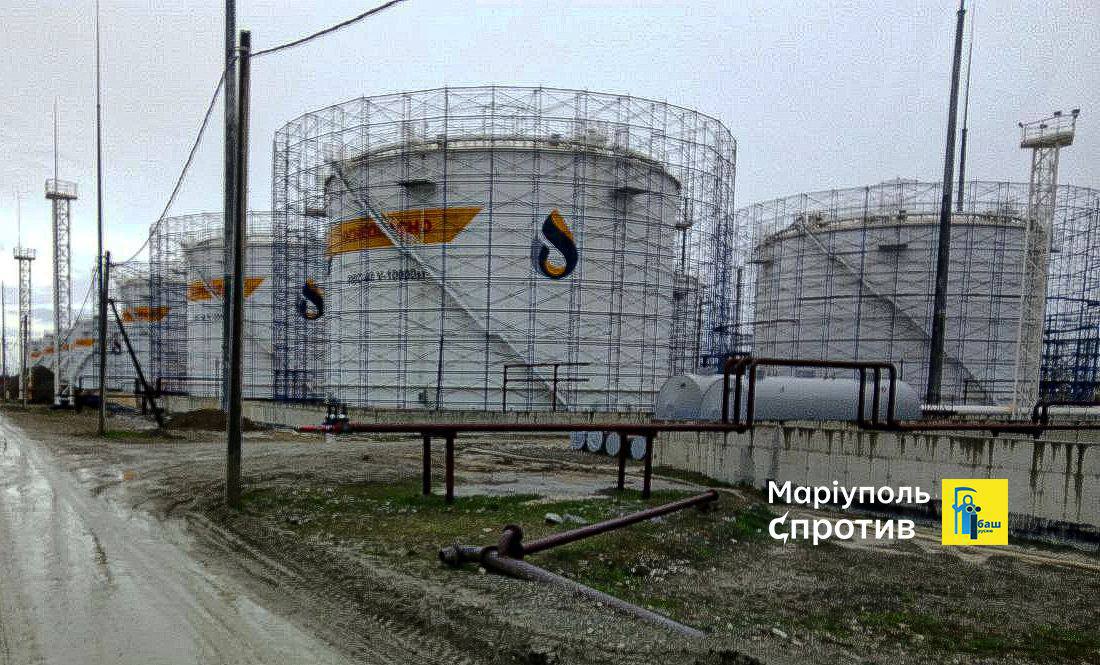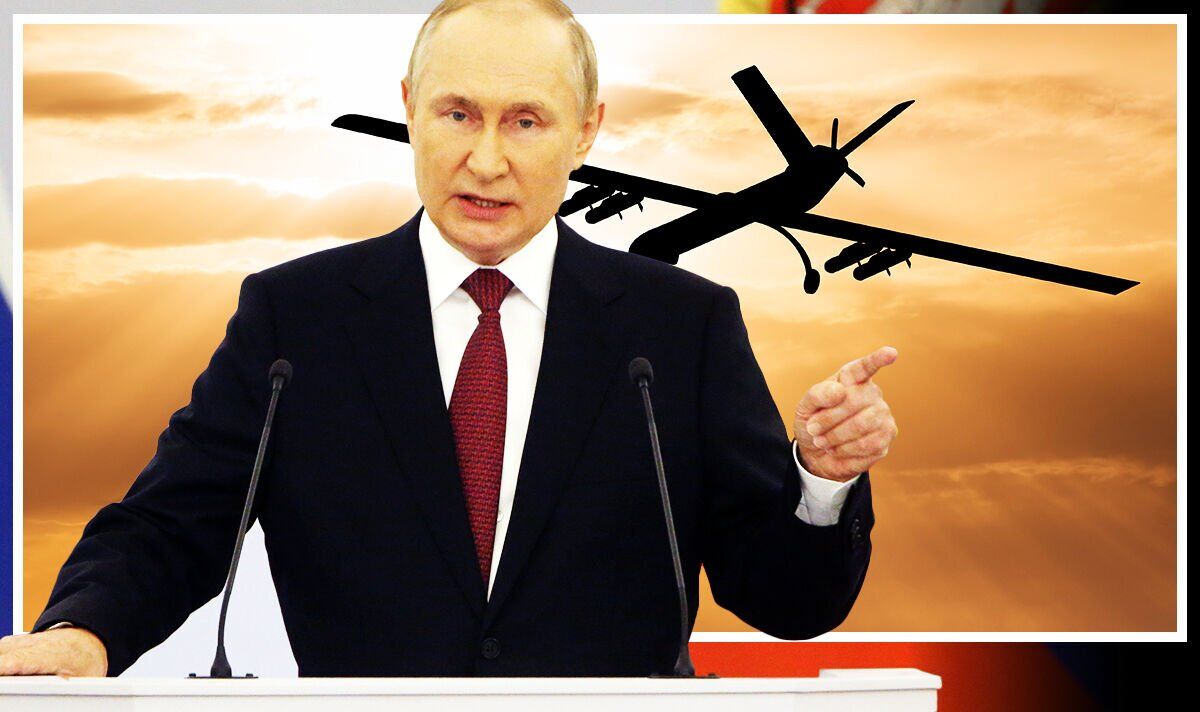Following the sightings of armor screens on Russian tanks and submarines, Moscow appears to be extending its defensive measures to safeguard its oil refineries against possible drone attacks.
US Media Acknowledges S-400’s Might! Says Russian AD System Can Track Stealth Fighters Like F-35
The latest development involves the installation of what is commonly referred to as a “cope cage” on a Russian oil facility, likely to fortify it against potential aerial threats.
An image circulating on the internet on April 27 depicted Russian oil depots equipped with these anti-drone cages.
Although specific details regarding the location of the fortified depot remain undisclosed, speculations suggest it might be under the ownership of the Slavyansk ECO Group, based on the logo painted on the oil depot.
The decision to bolster refinery defenses comes amidst escalating tensions with Ukraine, which has intensified its assaults on Russian oil facilities since the onset of the year. These attacks aim to diminish Moscow’s energy revenues and curtail military expenditures.
On April 27, Eduard Trudnev, the security director for the Slavyansk ECO Group, announced that operations at the oil refinery in Slavyansk-on-Kuban have been partially suspended.
This proactive measure follows similar actions taken by other Russian oil producers, such as Bashneft, which recently installed anti-drone nets to safeguard key refinery facilities from potential Ukrainian attacks, as disclosed on April 19.
Commercially available anti-drone nets depict robust meshed metal structures enveloping refinery buildings from all angles, anchored by mooring lines attached to metal stakes in the ground.
The design simplicity mirrors the counter-drone top armor initially seen on Russian tanks before the invasion of Ukraine in 2022, which has since become a standard feature on various armored vehicles, primarily to counter weaponized commercial drones.
While many armor screen designs are improvised field modifications, Russia’s defense industry now offers standardized factory-produced variants.
Moreover, in March 2024, the Delta-IV class nuclear ballistic missile submarine Tula was observed sporting a cope cage atop its conning tower, further underscoring Russia’s efforts to counter aerial threats across its military and industrial domains.

Ukrainian Drone Attacks Against Russian Oil Refineries
Drone strikes on Russian refineries are heightening concerns about potential fuel shortages and geopolitical retaliation. Despite Russia’s efforts to safeguard its domestic fuel market through export restrictions, Ukrainian attacks on refineries are disrupting operations and impacting global oil prices.
The increase in drone strikes is part of Ukraine’s broader strategy to counter Russian aggression following the Kremlin’s full-scale invasion in February 2022.
Ukrainian authorities, while not officially confirming or denying responsibility for the attacks, argue that the targeted refineries are aiding Russian military efforts, particularly amid ongoing strikes on Ukrainian cities and infrastructure.
Reports indicate that Russia has quickly repaired some of the critical oil refineries damaged by Ukrainian drones, thereby reducing the idle capacity from almost 14% to about 10% since the end of March.
However, the threat continues to loom large, as reports of successful attacks on Russian refineries surface with alarming regularity.
To counter this threat, Russia is intensifying its military training to combat drones, particularly focusing on regions adjacent to Ukraine where repeated UAV attacks have occurred. Defense Minister Sergei Shoigu recently visited a training ground for tactical exercises aimed at countering drones using small arms fire.
Meanwhile, the United States has voiced concerns over Ukraine’s targeting of Russian energy infrastructure, warning that such actions could exacerbate global oil prices and provoke retaliatory measures from Russia.

Washington fears that continued strikes on Russian facilities, even those located hundreds of miles from the border, could prompt Moscow to lash out at energy infrastructure critical to Western interests.
Despite facing export restrictions, Russia remains one of the world’s most significant energy exporters. The increase in oil prices, up approximately 15% this year to $85 a barrel, adds to fuel costs globally, amplifying concerns amid US President Joe Biden’s reelection campaign.
Of particular concern is the CPC pipeline, which carries oil from Kazakhstan through Russia to the global market. Western companies, including ExxonMobil and Chevron, rely on this pipeline, which Moscow briefly shut down in 2022.
Over the past year, maritime drones operated by Ukrainian intelligence agencies have engaged in targeted strikes on Russian ports, resulting in the destruction of multiple Russian warships within the confines of the Black Sea.
Moreover, these unmanned aerial vehicles have successfully targeted Moscow’s strategically significant Crimea bridge, a pivotal structure linking Russia to the occupied Ukrainian peninsula.
- Contact the author at ashishmichel(at)gmail.com
- Follow EurAsian Times on Google News




